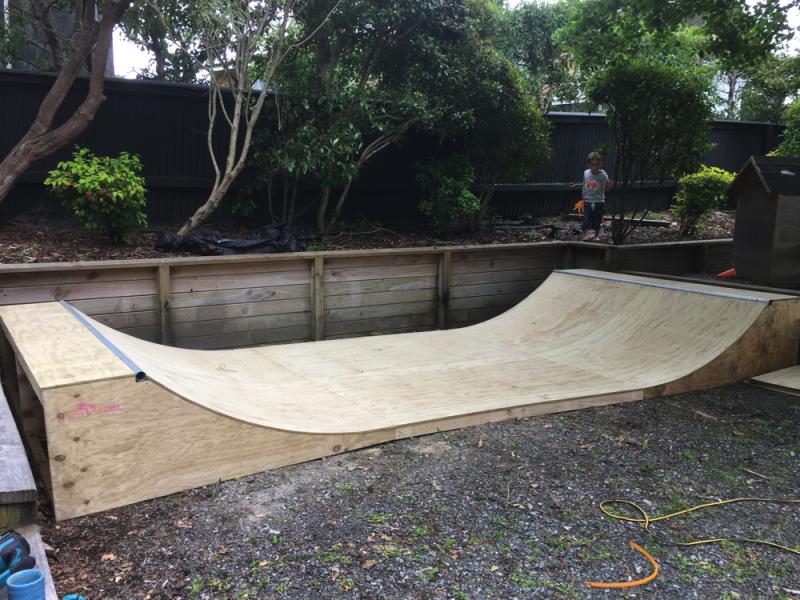
The International Space Station has been continuously occupied for more than 20 years and has been expended with multiple new modules added and upgrades to systems 'Two hours later, the astronaut switches it off and it's done.'ĭuring the next year, he and UNL engineering graduate student Rachael Wagner will work together on the final stages prior to launch. 'The astronaut flips a switch, the process starts and the robot does its work by itself,' Professor Farritor said. The device is being programmed to work autonomously to conserve space station communications bandwidth and to minimise the amount of time astronauts spend with the experiment. Eventually they will be used to cut and hold real human organs and tissue, but due to safety years of testing has to be completed firstĪlthough Professor Farritor anticipates MIRA will function on its own in 50 to 100 years, the 2024 mission's goal is not autonomy, but to fine-tune the robot's operation in zero gravity. Each of these prongs have two tiny tools at the end – one to clasp objects, and the other to cut objects.


MIRA weighs only two pounds and is essentially a long robotic cylinder with two moveable prongs at the bottom. Inside a microwave oven-sized experiment locker, it will cut tautly stretched rubber bands and push metal rings along a wire, gestures that simulate those during surgery. 'We're working toward that goal.'ĭuring its trip aboard the space station, MIRA will work autonomously, without the guiding hand of a doctor or an astronaut, although it won't be anywhere near human tissue. 'As people go further and deeper into space, they might need to do surgery someday,' Professor Farritor said. MIRA weighs only two pounds and is essentially a long robotic cylinder with two moveable prongs at the bottom.Įach of these prongs has two tiny tools at the end – one to clasp objects, and the other to cut objects.Įventually they will be used to cut and hold real human organs and tissue, but due to safety, years of R&D and testing has to be completed first.Ĭurrently, the tools are inserted through a single incision in the patient’s abdomen, controlled by a nearby human operator at a surgeon console, but in the future, the robot could be made to work autonomously. 'NASA has been a long-term supporter of this research and, as a culmination of that effort, our robot will have a chance to fly on the International Space Station,' Professor Farritor said. In April, NASA announced it had awarded the university $100,000 to ready the surgical robot for its 2024 test mission.

MIRA is the creation of Shane Farritor, a professor at College of Engineering at the University of Nebraska-Lincoln (UNL).


 0 kommentar(er)
0 kommentar(er)
